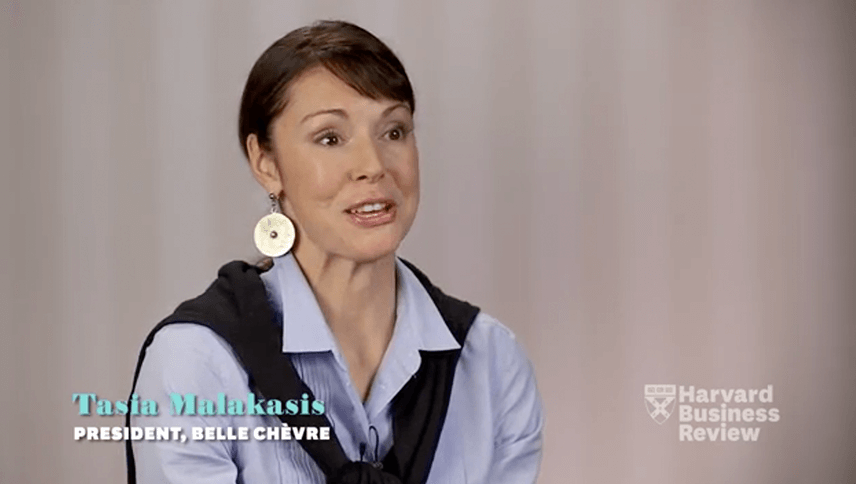Consider Gender Differences to Improve Sales
Harvard Business Review
August 27, 2013
Several years ago, when spontaneous combustion at gas stations was on the rise, researchers found that women experienced this problem more often than men. Why? Well, men tended to stand still at the pump while filling the tank. Women, on the other hand, put the nozzle in, then moved about cleaning the car, throwing away the trash, organizing the papers, and so on.
This created static electricity that sparked when they came back to the pump. Poof. Combustion. So what does this have to do with gaining an edge in business to business selling? Deloitte’s Women’s Initiative, an innovation engine for us, took up this topic of women as B2B buyers. What we found was both simple and startling.
Understanding and responding to behaviors can drive marketplace growth. Now, let me be clear. When we talk about gender-based styles, we’re talking about tendencies, not absolutes. Every individual falls somewhere on a spectrum. And the more you know about the individual, the less the generalization applies.
Don’t assume but do consider. Let’s break it into three components. First, strike the right balance between faces and features. For women, people are the most important and interesting element of a situation. Men, on the other hand, think people are interesting, but things in theorems are often even more so.
That’s why at parties it’s common to see men comparing smartphones and gadgets, while women tend to talk more about the people in their lives. So, when selling to a man, emphasize the wide array of features you offer. And when selling to a woman, you may want to emphasize how your team will deliver a custom solution.
Second, deliberate on who to bring to the table. For men, a high position or rank within an organization generally equates to power, women to responsibility. So, in selling to a man, you might bring the head honcho to your sales pitch as a show of respect and deference for rank. For women, don’t bring the honcho just for ceremonial purposes.
Instead, consider bringing in the people who will be working on the project, so she can assess how well they will or will not gel with her team. Third, decode her deciding factors. The stereotype says that men are quick to decide, and women aren’t. Well, it’s a lot more complicated than that. In actuality, men tend to prioritize key parameters, while women tend to maximize to find the optimal solution.
Observing any trip to the local shopping mall will prove this out. So, with a male buyer, find out before the meeting what matters most among his priorities, what he’s looking for in a solution, and what the deal breakers are. With the woman, prepare. But don’t mentally lock yourself into a single solution.
Gender tendencies are never absolutes. But consider them as you would different cultural customs. Making relatively small adjustments in your thinking can be a big differentiator in creating lasting customer relationships. And you may just walk away with the sale.
Source: https://hbr.org/video/2575381864001/consider-gender-differences-to-improve-sales


















